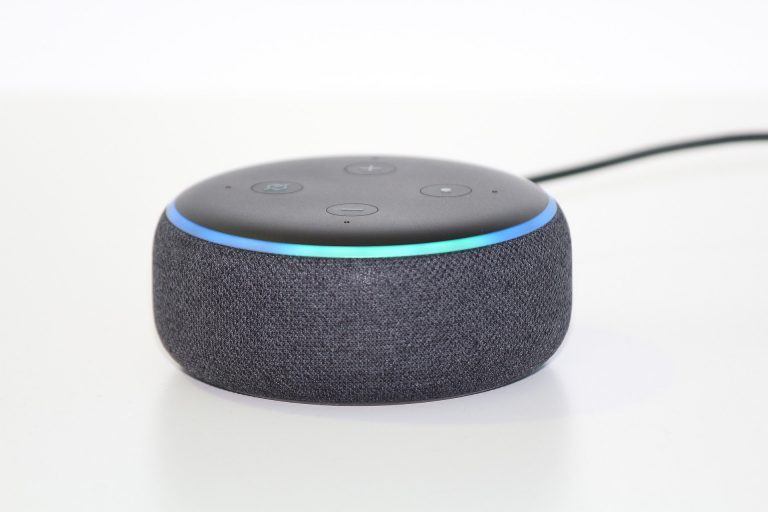Alexa, the intelligent voice assistant introduced by Amazon in 2014, has been dubbed as the company’s most popular invention to date. It quickly made its way into households and businesses. Today, almost everyone knows about smart assistants.
However, a recent report by Bloomberg revealed that the e-commerce giant is facing a hard time keeping consumers engaged with Alexa devices. According to internal documents obtained by the publication, in some years, 15 to 25 percent of users stop using the device within two weeks of buying them.
Amazon enjoyed tremendous success with its first Alexa device, the cylindrical Echo speaker. Consequently, Google, Apple, Facebook, and other companies launched their own versions as smart speakers were viewed as the next big thing after smartphones.
Sales have never been an issue regarding Alexa. According to company estimates, 25 percent of U.S. households possessed at least one Alexa device. For Amazon Prime households, 27 percent own one.
The main intent of Amazon was to use Alexa as a medium to enhance the engagement of customers with the company’s other services, allowing it to profit in numerous ways. However, customers don’t find Alexa useful in the long run.
Success
You are now signed up for our newsletter
Success
Check your email to complete sign up
Most of the customers have been using the smart speaker for menial tasks such as setting timers while cooking, turning the lights on or off, and playing music. According to a planning document in 2019, Amazon employees noted that most new users discover half of all the features they are likely to use within just three hours of activating the device.
While many features are available on the Alexa devices, it’s just not viable to literally use all of them. In spite of Amazon continuing to add more features, users find it more annoying than useful most of the time.
Additionally, one of the major concerns among customers is the breach of privacy. In 2019, reports emerged that thousands of workers were listening to and reviewing audio clips. There have also been some major bloopers like the device sending recordings of conversations to contact after mistaking a set of phrases as commands.
Devices that feature a display are found to be more popular among users. Seventy-four percent of users who have an Alexa device with a screen tend to use it weekly. For users of Echo and Echo Dot, both of which do not have a screen, the numbers fall to 66 percent and 56 percent, respectively.
In 2020, an internal analysis by Amazon found that the market for smart speakers had “passed its growth phase” and predicted the annual growth to only be 1.2 percent in the following years.
The company estimated that it would lose roughly $5 per Alexa device sold in 2021. Amazon expects a $2 per device profit by 2028. With user engagement waning and poor discoverability of new features, many are waiting to see how Amazon can achieve its goal.
In a statement to Bloomberg, Amazon disputed several of the metrics mentioned in the documents. The company insisted that these numbers were either incorrect or outdated.
“The assertion that Alexa growth is slowing is not accurate…The fact is that Alexa continues to grow—we see increases in customer usage, and Alexa is used in more households around the world than ever before,” Amazon spokesperson Kinley Pearsall said.
Amazon has big plans for Alexa. The company wants to include more cameras and sensors into the devices that will enable them to distinguish different voices or identify which rooms users are in while talking.
Alexa’s market growth may be a result of it being featured in new product categories, such as earphones and cars. The question remains, can Alexa grow fast enough to start generating profits for the company?















